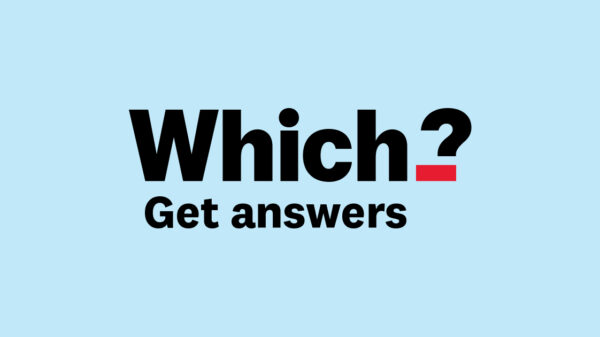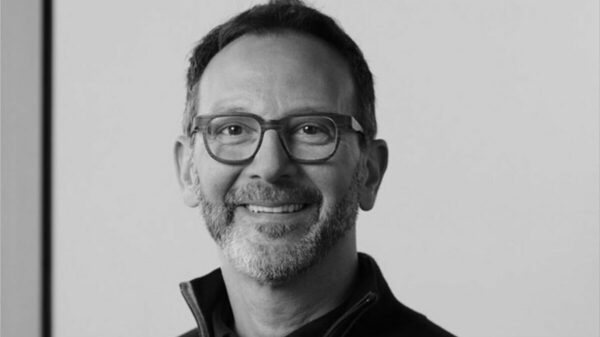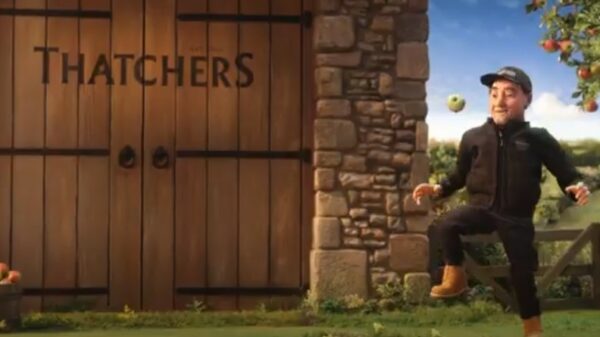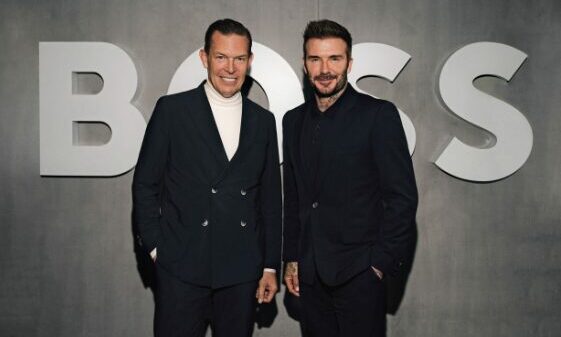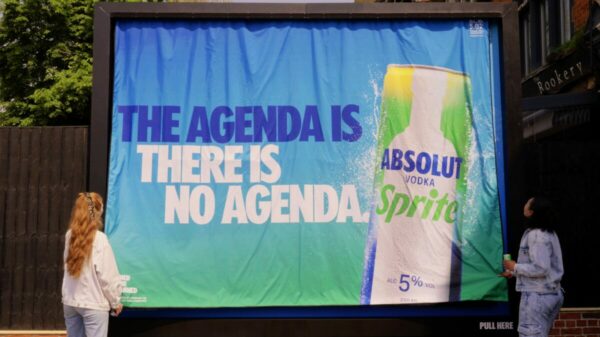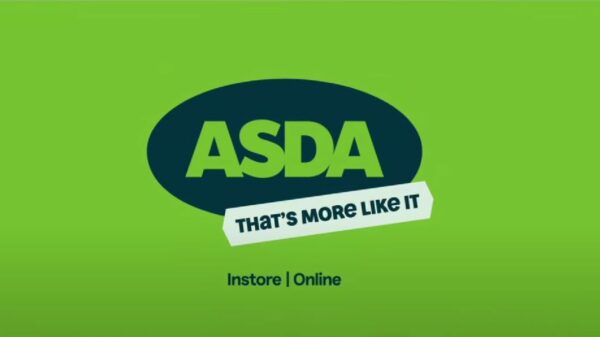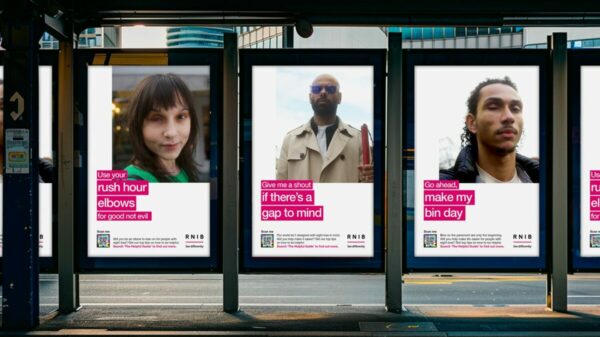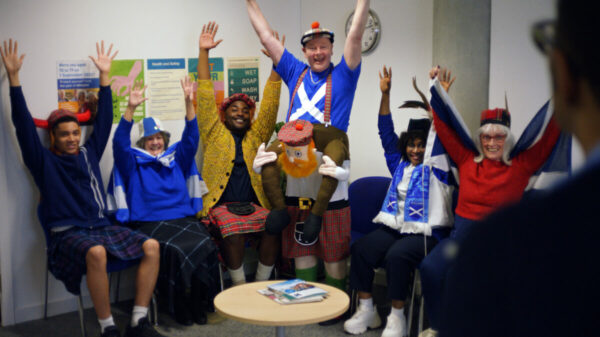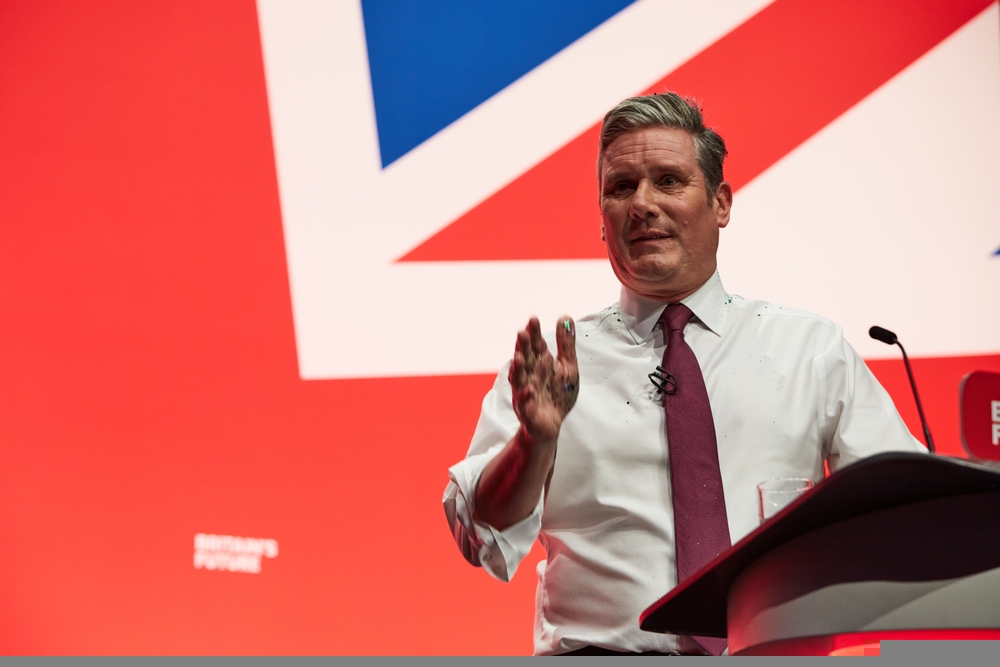The ‘Maaate’ campaign has gone too far. Or it hasn’t gone far enough. Or the whole campaign is unnecessary/cringeworthy/over the top (delete as appropriate)…
There’s been no shortage of opinion (or coverage) on the latest release from the Mayor of London and Ogilvy’s latest anti-misogyny campaign – but why has it proved so divisive? After all, the pair’s initial collaboration on the matter, ‘Have a Word’, was released in March last year to great fanfare, garnering numerous industry awards as it addressed outdated sexist attitudes and inappropriate male behaviour.
So – with criticism being levied at the most recent addition to the campaign for not taking a strong enough stance on sexual harassment and misogyny – where has ‘Say Maaate to a Mate’ gone wrong, if at all?
As a (relatively) young man sitting firmly within the target audience for the campaign, I found ‘Have a Word’ to be an extremely powerful and hard-hitting work – with the aggressor’s behaviour strongly and firmly called out. There are no blurred lines, one man’s behaviour is odious for all to see, and his friend calls it out in the clearest of terms. Is ‘Maaate’ as effective?
While the latest instalment’s interactive feature forms an excellent self-education tool and makes the viewer actively participate in calling out sexism and harassment, for many the generic, inoffensive phrase ‘Maaate’ itself does not go far enough in calling out the perpetrator’s behaviour.
It’s easy to see why – after all, if your friend was behaving in as revolting a manner as the actor in the clip, you may find that you would have some choicer words to say to him than just ‘Maaate’…
The key message behind ‘Maaate’
As the debate around this campaign rages on, what we absolutely mustn’t forget is the crystal importance of its key message – that sexual harassment and misogyny very much exist – and that for many (most?) women, they are a constant daily reality.
Women’s Aid’s head of external affairs, Sophie Francis-Cansfield explains: “It is a sad reality that we are living in a society where misogyny still exists. This is not only costly for society, including employers and the NHS, but poses a real and often life-threatening danger to women’s lives.”
Understanding the deeply entrenched nature of misogyny within society is key in dealing with the wider issue at scale; Ogilvy’s UK behavioural science practice consultant, David Fanner very aptly describes the issue as “complex” and “systemic”.
He notes that countering such a multi-faceted problem requires “robust processes and thinking” – which ultimately guided Ogilvy’s approach to the campaign.
Following on from March 2022’s ‘Have A Word’, Fanner reveals that an entirely new approach was settled upon after the team “reviewed the academic literature around male bystander intervention in relation to misogyny”, realising that male empowerment and intervention was pivotal in tackling the issue.
These thoughts are echoed by Francis-Cansfield, who says Women’s Aid was: “pleased to see the Mayor’s commitment to tackling violence against women and girls, and would urge for this to go further – we must continue engaging with men if we want to live in a world where violence against women is not tolerated.”
Subscribe to Marketing Beat for free
Sign up here to get the latest marketing news sent straight to your inbox each morning
Is ‘Maaate’ missing the mark?
Although Francis-Cansfield praises the campaign’s key message and the undoubted educational impact it will have on many men up and down the country – she questions whether the right organisations were consulted in the run-up to the spot’s release.
“It seems that organisations which have specific knowledge and expertise relating to the violence against women and girls sector were not consulted. If they had been, the advert would not only have signposted to the organisations themselves, but would also have provided advice on what men should do if they were worried about their own behaviour.”
She continues: “We would want future campaigns to involve specialist organisations, such as Women’s Aid and others. These services have decades of experience on the frontline and an unparalleled understanding of how best to tackle violence against women and girls.”
Responding to Women’s Aid’s concerns, Fanner reveals that 27 experts from across the Violence Against Women and Girls Sector were consulted as part of the campaign, ranging from “sexual abuse charities, advocacy groups, the NHS and local councils, through to those charged with setting VAWG strategy across the UK.”
He adds that this extensive consultation process was complemented “with hours of ethnography in male-dominated spaces, 288 videos of men speaking about their views and experiences with misogyny, and analysis of the use of 26 million words related to the issue on social media.”
The insights behind ‘Maaate’
To further illustrate the extensive thought process and considerations that eventually came together to form ‘Maate’, Fanner points to an Ogilvy-authored report released in January that detailed the findings of the agency’s extensive consultations.
Forming the “foundational strategy for the campaign”, the report indicated that “a subtle word or gesture” would help men call out “low-level misogyny respect and levity”.
Based on these insights, the most powerful opportunities for changing misogynistic behaviour included working with men (not against them) making intervention easy and non-threatening, creating cultural safety and nudging using an evidence-based approach.
As a behavioural scientist, Fanner explains that the entire campaign’s conception was rooted in the practice – highlighting that it has been tailor-made to help educate the male population and was even tested on the general public before its official launch.
“Throughout the creative development process, we continued our due diligence, commissioning a third-party research agency, conducting another round of qualitative analysis, and even a 1,000 participant study to stress test the approach,” he adds.
“We had men pilot ‘Maaate’ in real life for a week, long before the official launch.”
Love it or hate it, ‘Maaate’ has had an impact
Despite the mixed reception that the work has received from certain sections of the the Violence Against Women and Girls Sector, Fanner points out that it is having an effect where it is needed most: among its male target audience; “Our target audience get it, they like it. And most importantly, we’re already seeing them use it.
“The ‘Maaate’ gif has been used a quarter of a million times since May and, vitally, we’re hearing reports of it being used among friends and peers too.”
Fanner continues: “The Mayor of London has enlisted a behaviour change expert to ensure measurement of the impact of the campaign is as robust as the process was getting here and we look forward to seeing the long-term results of our work.”
The impact that the campaign has had is unavoidable, it’s everywhere. And the debate it has sparked around whether it goes far enough in calling out male violence has been invaluable in driving highly visible, earnest conversations around the issue and how best to tackle it.
Looking at the bigger picture, ‘Maaate’ has its detractors, sure – but what cannot be taken away from it is that it has overwhelmingly succeeded in one of its main goals, which is to supercharge the conversation around sexual harassment and misogyny.
